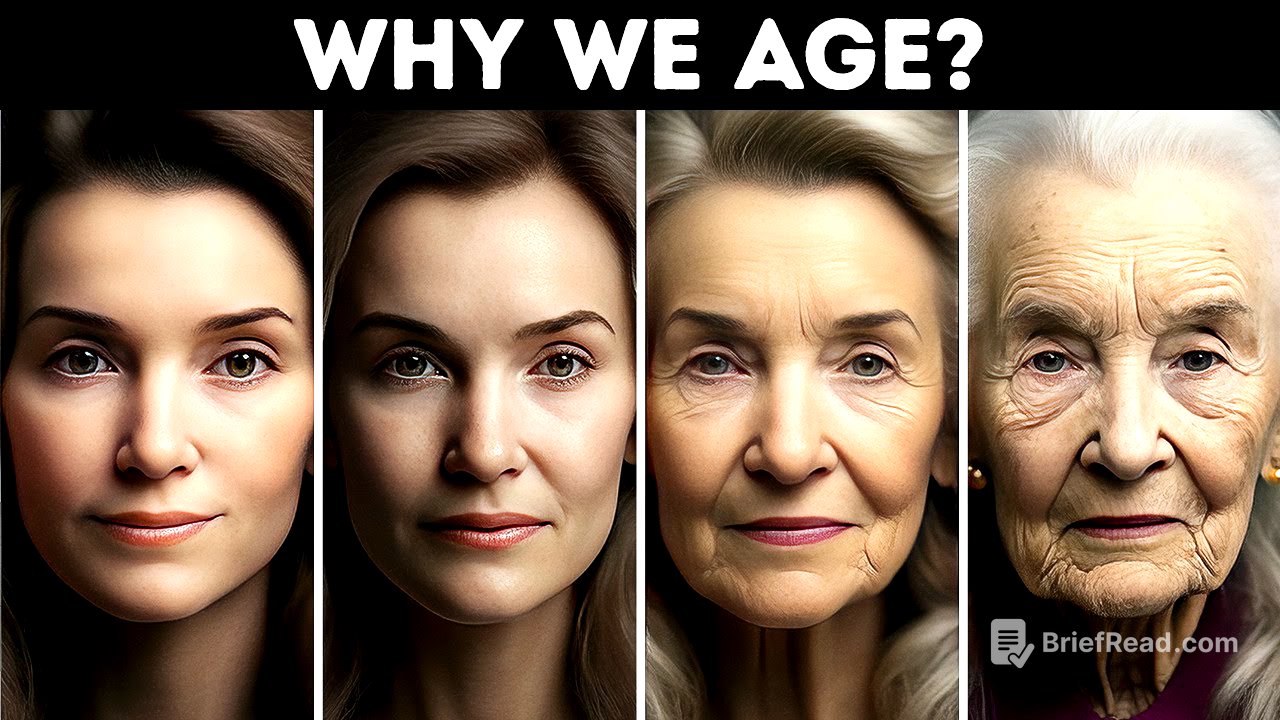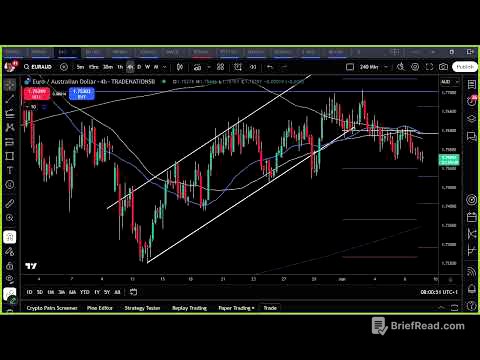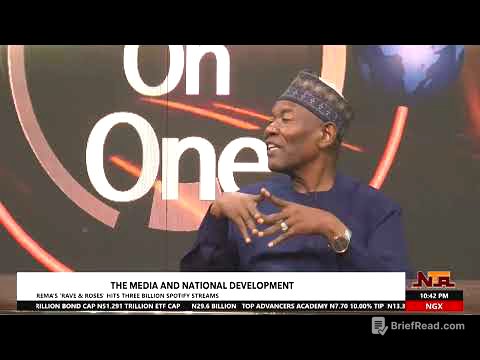TLDR;
The video discusses the science of aging, distinguishing between chronological and biological age. It highlights the roles of genetics, lifestyle, and external factors in the aging process. The video also touches on current research into slowing aging, including targeting zombie cells and increasing NAD+ levels, and how these advancements may extend health span and lifespan.
- Aging occurs on a cellular level and is influenced by both genetics and environmental factors.
- Lifestyle choices, such as diet, exercise, and cognitive activities, significantly impact how we age.
- Current research focuses on increasing health span and lifespan through interventions like targeting zombie cells and boosting NAD+ levels.
Introduction to Aging [0:00]
The video starts by pondering the concept of aging and its inevitability for all living beings. While growing old is often not something people aspire to, it is presented as a privilege. The video challenges the common perception that our aging patterns are solely determined by genetics, asserting that genetics only account for about 30% of how we age. This suggests that individuals have considerable control over their aging process through lifestyle and environmental factors.
Factors Influencing Aging [1:17]
Aging occurs at a cellular level and is influenced by external factors like environment, diet, and physical and cognitive routines. The video introduces a hypothetical person named Maya to illustrate how different life stages and choices affect aging. In her childhood and early adulthood, Maya experiences optimal development by engaging in activities like volunteering, which slows cognitive decline, and learning new languages, which enhances thinking skills.
Aging in Different Decades [2:31]
As Maya enters her 30s, her metabolism begins to slow down, and she starts losing muscle mass. Maintaining a healthy diet and exercise routine becomes crucial. In her 40s, the body starts to shrink, with height decreasing due to changes in bones, muscles, and joints. Exercise can help mitigate this. By her 50s and 60s, Maya faces new physical limitations such as impaired vision and hearing, and decreased skin elasticity. Despite these challenges, she embraces aging, symbolized by her gray hair.
Extending Lifespan and Healthspan [4:17]
The video explores the potential of technology to slow down aging, noting that humans currently live an average of 90 years. It mentions Jeanne Calment, who lived to be 122 years old, and Lucille Randon, who is 118 years old. The focus of modern medicine is shifting towards increasing health span—the number of years a person lives in good health—rather than just lifespan. A century ago, the average lifespan in the United States was only 53 years, highlighting the significant progress in longevity.
Biological vs. Chronological Age [5:46]
Research indicates that people are staying younger for longer, with 60 becoming the new 56 and 40 becoming the new 37.5. Dr. Morgan Levine's work distinguishes between chronological age (age by birthdate) and biological age (age based on health). Biological age is determined by factors like exercise, diet, and stress levels.
Scientific Approaches to Slowing Aging [6:45]
The video discusses scientific efforts to slow aging by targeting "zombie cells," which lose their ability to replicate and contribute to aging. Another approach involves multiplying NAD+ cells, which are crucial for cellular repair and function but decline with age. NASA is also exploring these technologies to protect astronauts from the accelerated aging effects of radiation during Mars missions. The video concludes that while achieving Benjamin Button-like reverse aging may not be possible, scientific advances are paving the way for increased longevity.









